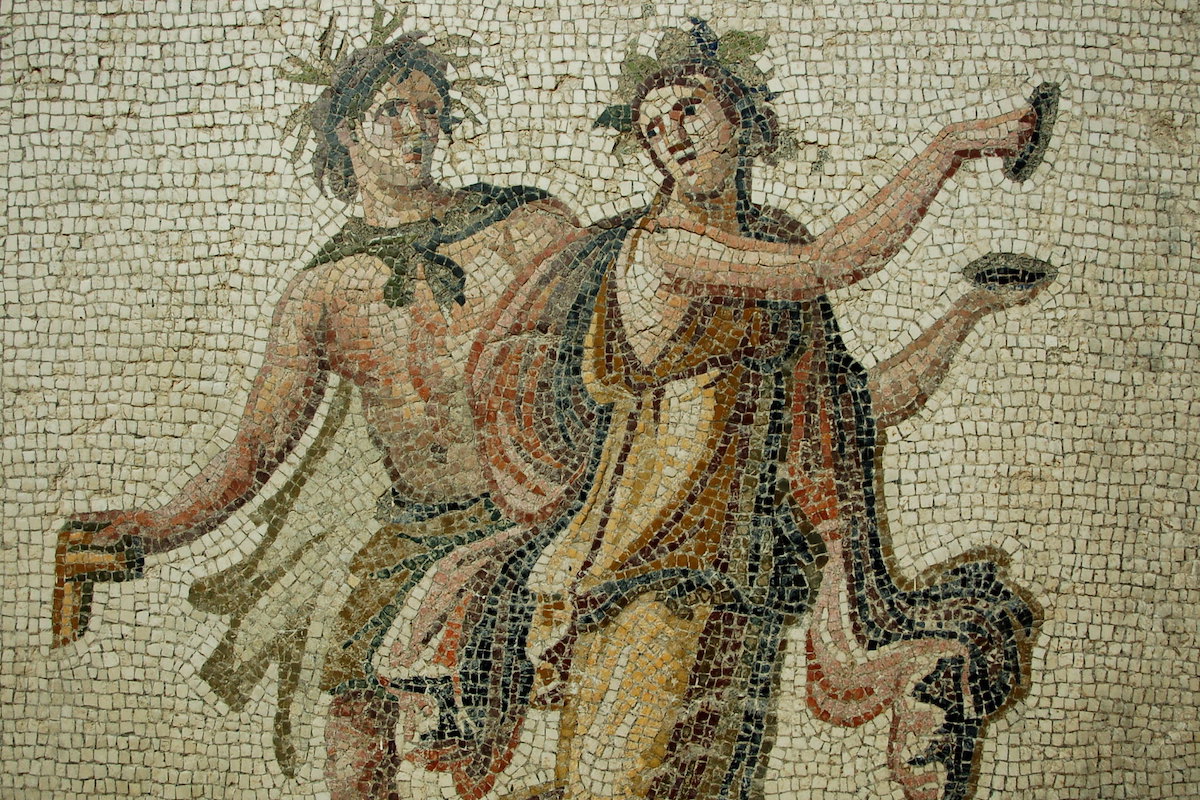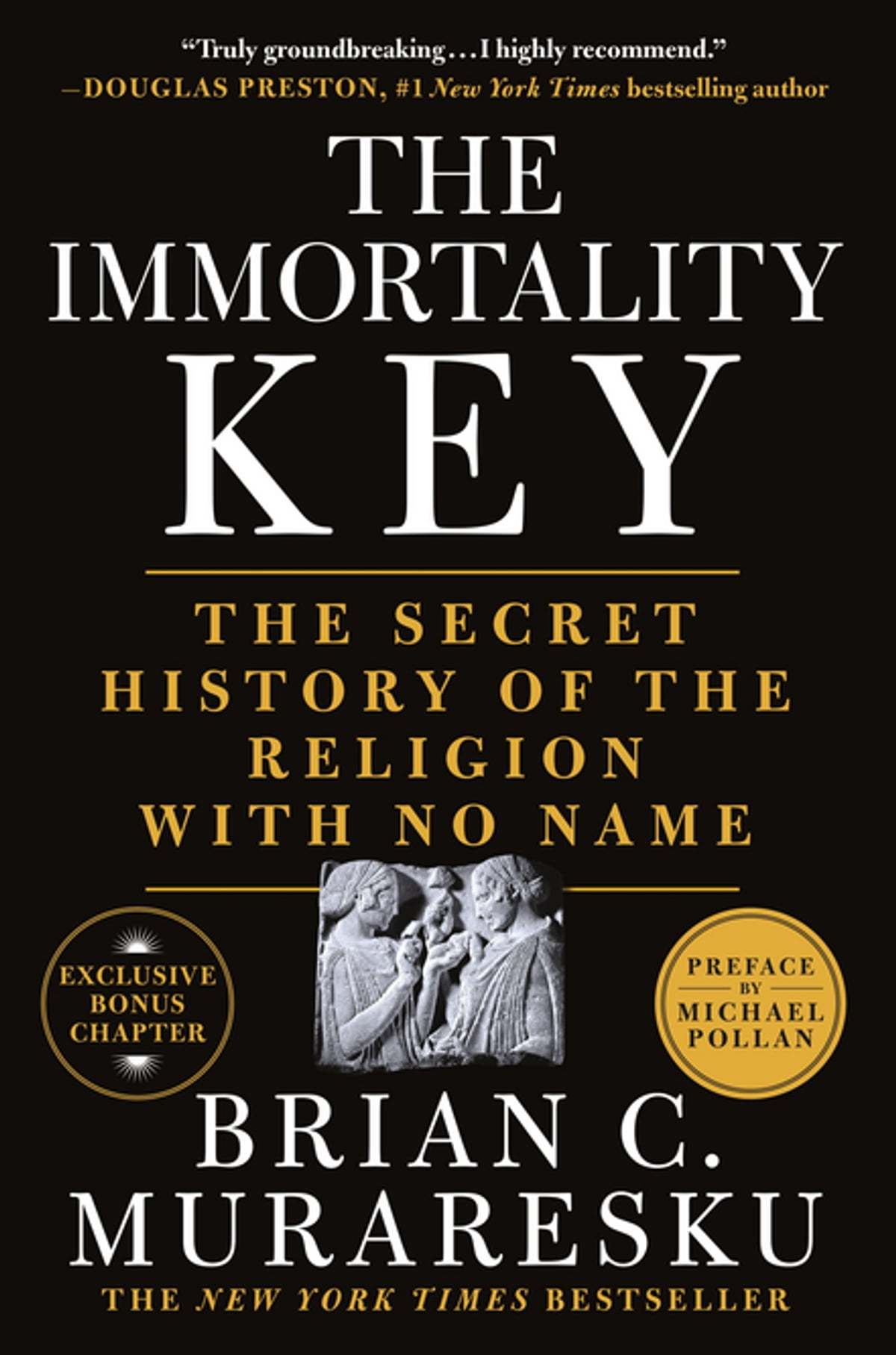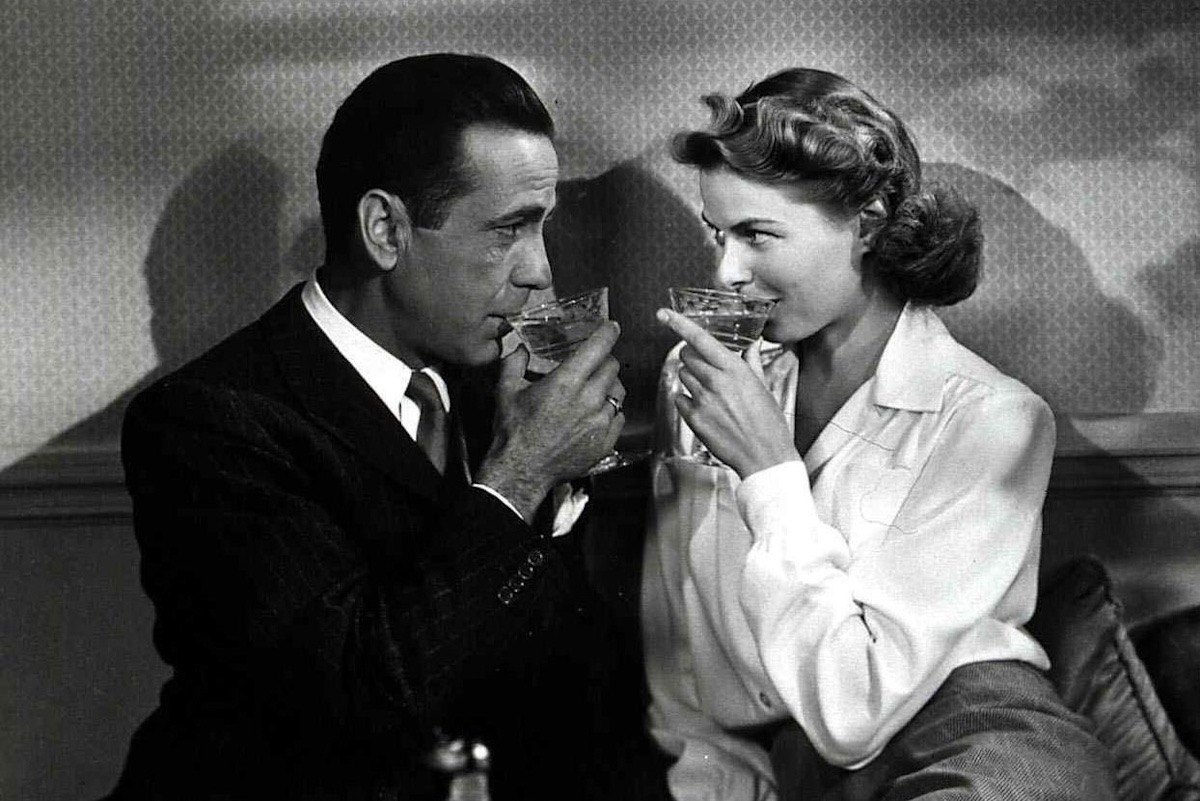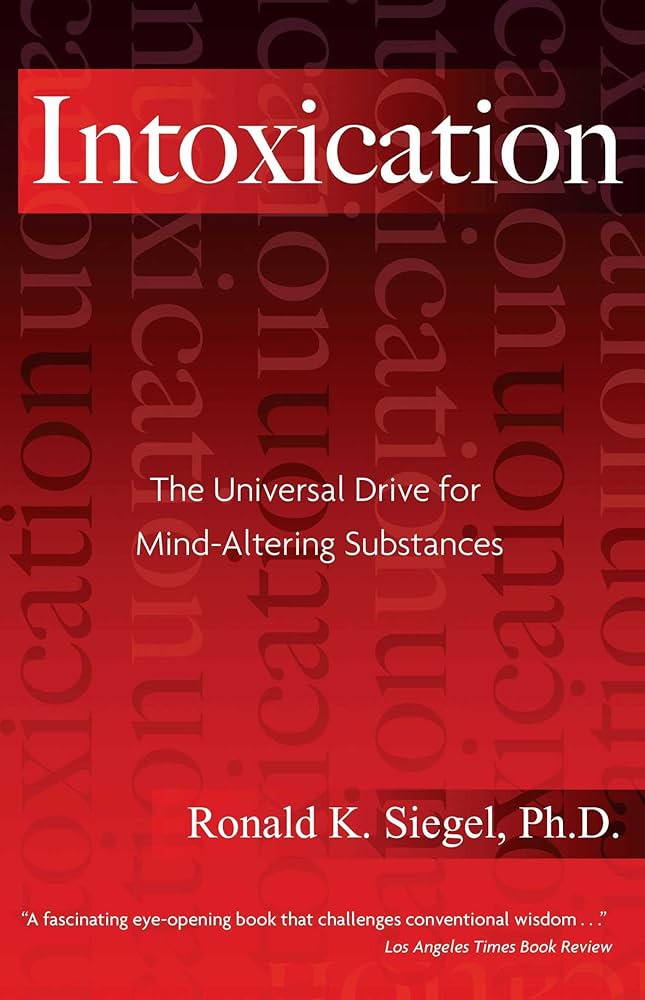Books
Sex, Drugs, and Antiquity
The underlying assumption of The Immortality Key is that the human need to reconcile itself with death is a core element of religion.

A review of The Immortality Key: The Secret History of the Religion with No Name by Brian C. Muraresku. St Martin’s Press, 480 pages. (September 2020)
A growing appreciation of plant medicines over the past few decades has allowed the media to shine a favorable spotlight on the previously proscribed use of ayahuasca, psilocybin, and other lesser-known plant allies in the “Age of Entheogens.” In the Entheogenic (“manifesting god within”) Era, for the first time since Nixon declared a “War on Drugs” 50 years ago, not only are entire universities and medical schools like Johns Hopkins conducting studies on these plants, but advocates are coming out of the most unlikely corners of the sober professional class to advocate for their proper use.

One such professional is Brian Muraresku, a Jesuit-educated classics scholar, DC lawyer, and graduate of Brown University and Georgetown Law. He remains a “psychedelic virgin” but has nonetheless penned what will likely become a classic study of the ancient use of drugged beer and wine in the Near East and Europe, and the confluence of the “pagan” Eleusinian/Dionysian movements with paleo-Christianity in their common reliance on psychoactive sacraments. The Immortality Key: The Secret History of the Religion with No Name also lands another powerful blow against the logic and rationale of the drug war and offers a cogent argument in favor of the responsible use of entheogens. Finally, it’s a ripping read, one that roughly hews to the form of a mystery—or maybe a Dan Brown conspiracy thriller. That’s an awful lot for an author to accomplish in a first book, but Muraresku has done it all deftly, and given the movement for cognitive and religious freedom some great material to work with.
The underlying assumption of The Immortality Key is that the human need to reconcile itself with death is a core element of religion. Mystics and initiates of the “religion with no name”—that is, those who have used entheogens in spiritual practice—have always understood “immortality” quite differently from “eternal youth” or “eternal life.” For them, “immortality” isn’t chronological and quantitative, but a transcendental and qualitative experience of infinite consciousness and divine timelessness, often accompanied by “ego death.” This is expressed in the words on a plaque in the visitor’s reception area at St. Paul’s Monastery on Mt. Athos that Muraresku notices during a visit: “If you die before you die you won’t die when you die.” It was said that the Eleusinian mysteries of ancient Greece took away the fear of death from its initiates. As Cicero wrote, “We have learned from [the Eleusinian Mysteries] the beginnings of life, and have gained the power not only to live happily, but also to die with a better hope.”
Following the foreword by experienced psychonaut and alternative historian Graham Hancock, Muraresku opens his book with a call for “a new reformation” by introducing us to someone who has uncovered the secret to overcoming the terror of death. Dinah, an atheist grandmother and a cancer survivor, had her life transformed by a psilocybin trip administered in an experimental program at NYU in 2016. Like 87 percent of the other participants, Dinah reported “increased life satisfaction or well-being for months afterward” and she was among the “full 70 percent [who] rated their one and only dose of psilocybin as either the most meaningful experience of their entire lives, or among the top five.”
This intriguing fact, and old questions about passages in ancient texts Muraresku had encountered as he read the classics in Greek and Latin (he also knows Sanskrit and an unspecified number of modern languages) led him to undertake the years-long investigation into the role of entheogens in religious and spiritual life in the classical and early Christian world. These investigations resulted in The Immortality Key. He takes us on a journey that winds through Europe and the Near East as he seeks to learn whether the Ancient Greeks used psychedelic sacraments and passed them along to the earliest Greek-speaking Christians. Was the original Holy Communion in fact a psychedelic Eucharist?

Brewing the psychedelic beer
The trail begins at Eleusis, the Greek religious ritual center that endured for nearly two millennia. Physical or even testimonial evidence for the use of psychedelic drink there is sketchy at best. Nevertheless, among the classical scholars, Greek archeologists, and in the words of Dr. Polyxeni Adam-Veleni, General Directorate of Antiquities and Cultural Heritage in Greece, the “use of drugs in antiquity” was “‘common knowledge’ and ‘natural,’” and “so ingrained in the way religion used to be practiced that it makes little sense to question, despite the unnatural bias that twenty-first-century American classicists and historians have about drugs.”
The evidence for psychedelic-laced beer comes from all over Europe and the Near East, says Dr. Martin Zarnkow, the “world’s pre-eminent beer scientist” whom Muraresku goes to Freising, Germany to interview. Muraresku asks Zarnkow if he thinks there might have been some “controlled” contamination of the barley grain with ergot (the fungus from which LSD is derived) at places like Eleusis. Zarnkow, who recognizes ergot to be a “common grain fungus,” says he considered the prehistoric brewers to be “professionals who knew about medicines and… could do a controlled contamination of Mutterkorn,” the German word for “ergot.” “I totally believe we’ve had beers like that before,” he affirms.
Muraresku traces the beer-based rituals from Göbekli Tepe in Anatolia (circa 10,000 BC) by DNA to the Greeks, in particular to the Phocaeans, the seafaring traders and “the Vikings of Antiquity,” who carried their religious brew across Europe. This daring and innovative people gave birth to Magna Graecia (Greater Greece) in southern Italy, founded Marseille in France, and also Emporion in Catalonia, Spain. At the latter site of the market town, dating back to 575 BC, Dr. Enriqueta Pons found the physical evidence of ergot-laced beer in a ritual kernos and ergot in a human jawbone.
Mixing the psychedelic wine
With that established, in part two of his book Muraresku investigates the ways in which both Dionysus and Jesus were associated with the miracle of wine and how their two movements might have overlapped. The comparisons of Jesus’s first miracle at the wedding in Cana (John 2:1–11) with the wine miracles of Dionysus are striking, as Arthur George has previously explored in depth.
Among the many things the ancient Semitic and Greek cultures had in common was what might be called their “psychedelic love (agape) feasts.” At Tel Kabri in upper Galilee, “the world’s oldest wine cellar” was uncovered, “dating to about 1700 BC.” Sample test results from the wine residue conducted at the Brandeis University Department of Chemistry showed “a sophisticated understanding of the botanical landscape and the pharmacopeic skills necessary to produce a complex beverage that balanced preservation, palatability, and psychoactivity.”
Wine, in other words, was then a much wilder animal than the domesticated commodity of today. Back then, wine, like beer, served as a “tincture,” since it was often “brewed” with spices and herbs and psychoactive medicines like cannabis and opium, as well as potent hallucinogens like belladonna, and possibly even the ergot-derived potions developed at Eleusis.
In Canaanite society, the drunken funerary feast was called a marzeah and “was reserved exclusively for the upper class of Near Eastern society.” Muraresku characterized the marzeahs “as a kind of guild drinking club” where, quoting Patrick E. McGovern, “music, dance and the recital of Canaanite myths accompanied the merriment, along with bouts of sexual intercourse to match any Roman bacchanal.” The Eleusianian mysteries, over the nearly two millennia of its existence before they were shut down forever and destroyed by the Christians, was likewise elitist to some extent, initiating the crème de la crème of Greek and Roman societies.
Along came the revolution, says Muraresku, heralded first by Dionysus and then taken up by Jesus. Dionysus, wine-god son of the goddesses of grain, took the celebration of mysteries from the temple to the forest, accompanied by his priestesses and his maenads. Jesus, likewise, initiated his miraculous life not in Jerusalem or Rome, but at a village wedding where he appeared, like Dionysus, with a feminine presence, his mother, who co-hosted the event. Miraculous wine clearly marks Jesus’s legacy in the Gospel of John, which also has Jesus calling himself “the True Vine.”
Psychedelic wine might have been less a problem for Rome and a rising Christian patriarchy than the way the two movements empowered women. That is, psychotropics weren’t a problem per se: they were as common as wine itself. It was their association with women that presented the problem. The sexism of the Early Fathers of Christianity (as distinct from the women-friendly faith of Jesus and his immediate followers) had its roots in Greek and Roman societies.
Meanwhile, Dionysus only grew more “effeminate” over time in artistic portrayals, likely because he was always found in the company of women: as the son of goddesses, growing up with female priests, and in his prime accompanied by crazy female followers, the maenads. Jesus counted at least three women among his disciples and “many others who provided for them” (Luke 8:1–3). In the Gospel of John, we see Jesus breaking with tradition to speak, not only with tribal enemies, but with a woman from a rival tribe. Among the so-called gnostics (and probably among many paleo-Christians), Mary Magdalene had a special place with Jesus, and some credible scholars argue, a very special place: as his wife.
The tension between the wild women of Dionysus and the Roman patriarchy came to a head in 186 BC when Paculla Annia, the female high priestess of Dionysus from the Magna Graecia region, refused to initiate any men over the age of 20 into the cult. The Roman Senate was incensed that women could gain control over these tender young men. They worried that, after initiation, they would come to prefer love to war and enjoy the company of women more than the company of soldiers. So, the rites of Bacchus/Dionysus were declared illegal. It was in this context, some three centuries later, translated into Greek from Aramaic and introduced by St. Paul by way of Magna Grecia, that Jesus the Wine God came to Rome.
Doubtlessly, the paleo-Christians, as persecuted minority religions will do, mingled with the very similar followers of Dionysus in the underground catacombs of Rome. The Christians were vulnerable to association with the subversive Jews, the rebellious tribe from which Jesus had emerged, and no doubt found solidarity with the Dionysians, who by then had seen upwards of 6,000 of their comrades slaughtered in the Roman “Drug War” since 186 BC.
From the frescoes Muraresku investigates in Rome, the followers of both gods were indistinguishable as they intermingled. Both were served their psychoactive potions by powerful women, such as the priestesses and “witches” of Dionysus on one hand, and the many women Paul relied upon to lead the house churches and brew the heavenly sacrament for the agape feasts. No doubt some conflicts or tensions existed, especially as the young upstart from Galilee (which was also Dionysus’s territory, as the House of Dionysus in Sepphoris indicates) would have to prove himself capable of brewing better “heavenly brew” than Dionysus. His religion’s success would ultimately depend, as Muraresku puts it, “on the ability to convince its believers that Christian wine is no ordinary wine. It is the blood of God that opens the gates of eternity, promising instant immortality.”
But the followers of Jesus would eventually ditch their Dionysian allies when Emperor Theodosius declared Christianity to be the official religion of Rome and outlawed all competitors in 392 AD. The ensuing reign of terror, unleashed by Christian mobs incited by the “Early Fathers” and poignantly detailed by Catherine Nixey in The Darkening Age, resulted in the defacing and destruction of statues and monuments, the burning of the library of Alexandria, and the ruination of 2,500 “shrines, temples, and religious sites,” among them, Eleusis. It also shifted power from the women to the patriarchy which now gave a strict ideological definition to the faith, along with control of the use of its sacrament.
The women brewing their concoctions for the religion with no name presumably continued to live and celebrate their spiritual traditions in Magna Graecia and elsewhere for the next millennium. But then the infamous witch hunts and the Inquisition of the later Middle Ages exploded. Although Muraresku gained access to various Vatican libraries to study that period, the Church, unsurprisingly, kept few pertinent records during that time.
Nevertheless, the author was able, at last, to find physical evidence of psychedelic wines in the vats discovered at Villa Vesuvio, a rustic pharmacy/wine brewery outside of Pompeii in the heart of Magna Graecia, dated at 79 AD. The residue of the concoction in the wine vats included, among other herbs, traces of opium, cannabis sativa, and two members of the nightshade family known to contain the potent hallucinogen, belladonna.
Affirming liberty of consciousness

Muraresku’s work confirms the insights found in the late psychopharmacologist Ronald K Siegel’s book Intoxication. “Intoxicants,” Siegel wrote, “have been a natural part of the diet of life ever since it began on this planet.” The desire to become “intoxicated”—what Siegel calls “the fourth drive”—he says, “is natural, yes, even healthy.” That’s why we need to try and formulate “safe drugs.” He rejects what he calls the “Calvinist psychopharmacology” of the drug war and he urges us to make safe, delightfully intoxicating drugs as a positive human project.
“Drugs” or plant medicines, as Muraresku proves, have traditionally been an essential part of what we call “religious” or “spiritual” rituals around the world. There’s certainly good evidence to support at least a weaker version of Terence McKenna’s “stoned ape theory” for human evolution, and strong evidence that we all benefit when we allow each other to take personal responsibility for the development of our own minds rather than granting that right to the state.
Siegel’s message is embraced by increasing numbers of people today. Advocates for a liberal, open society are becoming restless and active in favor of a growing movement for the freedom of consciousness, which is key to all the other freedoms. We’ve come of legal age to enter and take control of our own minds. It’s time for the governments of the world to listen to us, and pay attention to people like Muraresku and Siegel as they make sober arguments for the right to intoxication.






